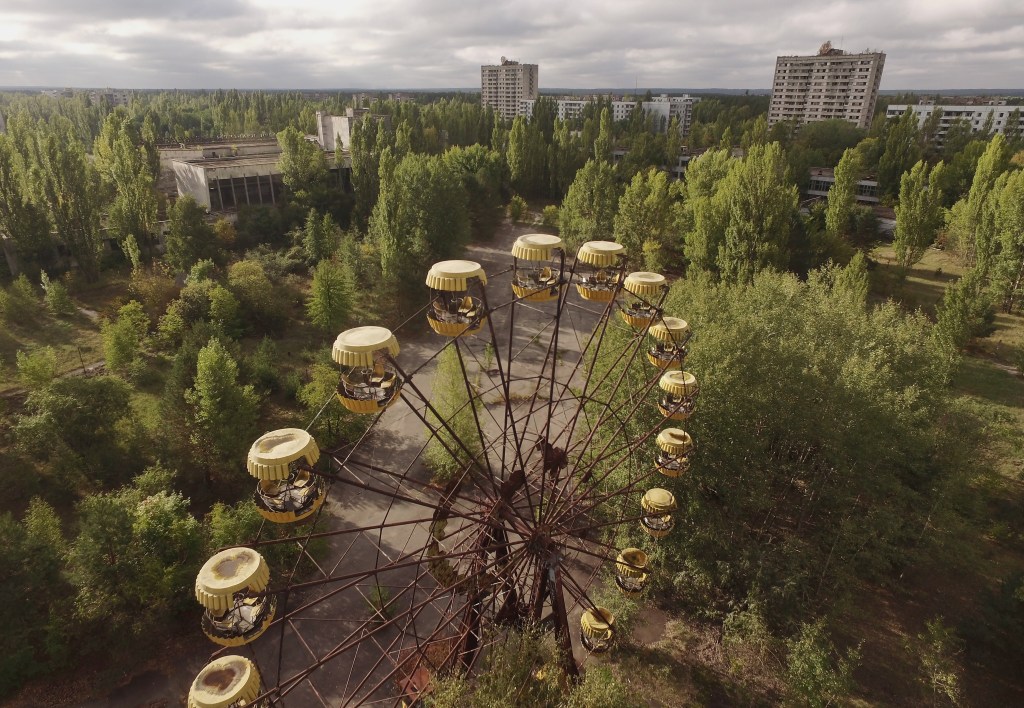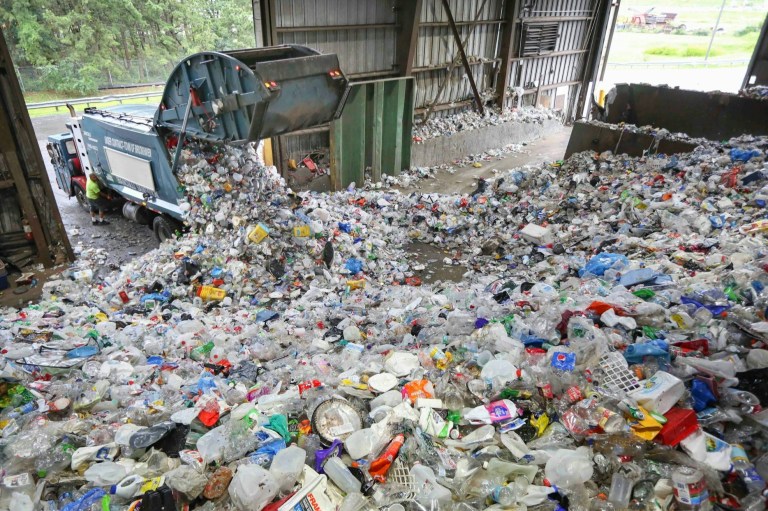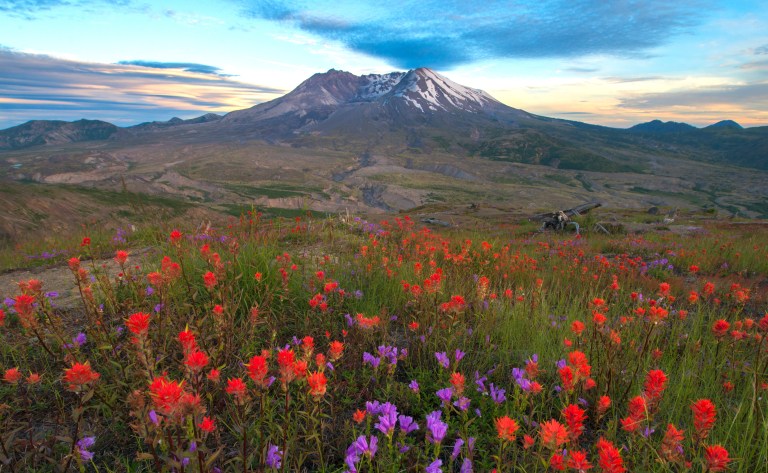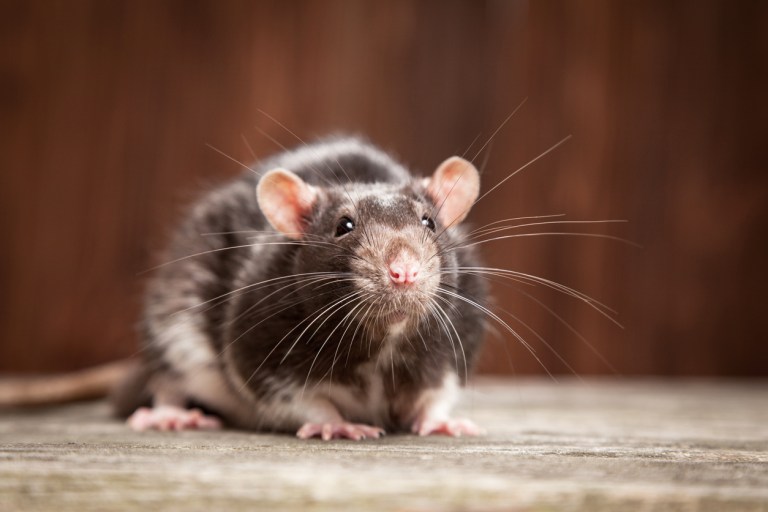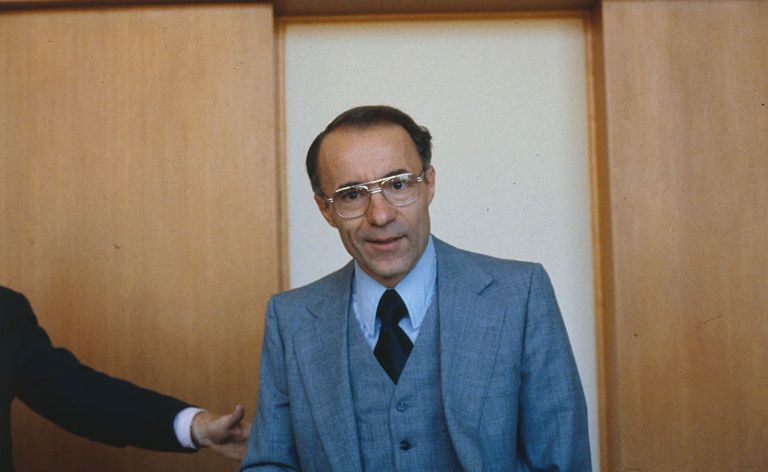The Red Forest in Ukraine, about 94 miles north of Kyiv, is teeming with life. Wild horses, brown bears, wolves, Eurasian lynx, and other animals roam the lush land lined with more than 1,200 plant species. It’s hard to imagine that this is the site of the worst nuclear accident in history.
On April 26, 1986, the Chernobyl Nuclear Power Plant’s reactor No. 4 caught fire and exploded, releasing at least 5% of the radioactive reactor core into the environment, per the World Nuclear Association. The toxic clouds spread far and wide, exposing about 8.4 million people to nuclear radiation. Two plant workers died almost immediately, and 28 more people died within weeks. Approximately 200,000 had to flee their homes, leaving two large nearby towns, as well as over 100 farms and villages, abandoned. And in the years following, thousands of people developed radiation-related cancer.

The explosion also contaminated much of the local flora, fauna, and farmland, and deposited waste upward of 300 miles away across Ukraine, Russia, and Belarus, according to the International Atomic Energy Agency. But Mother Nature has proven to be resilient.
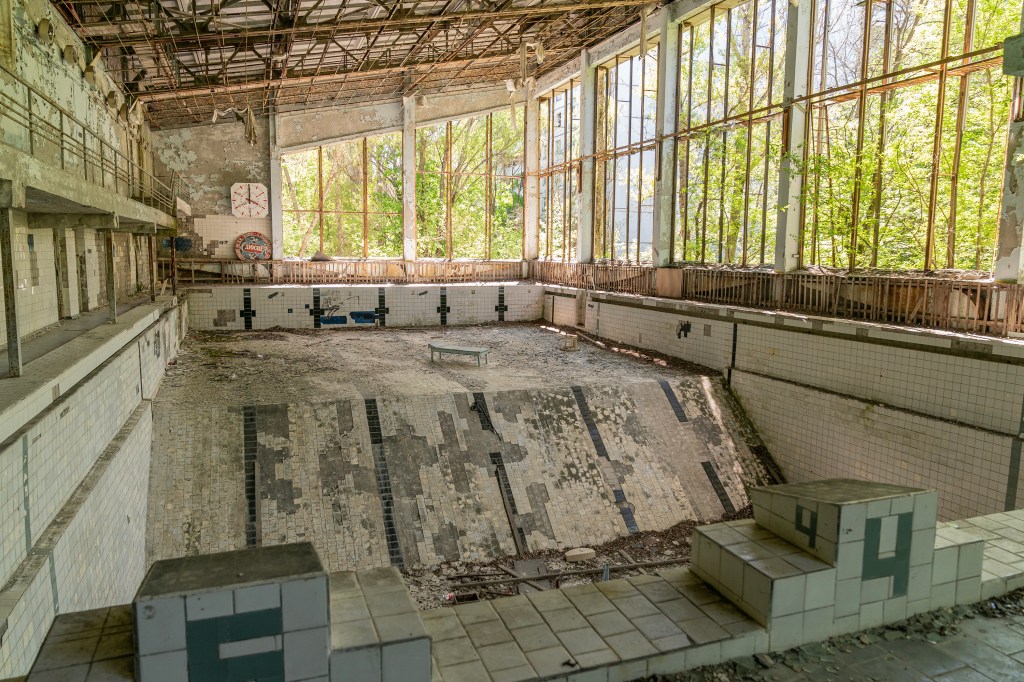
Today, while ground zero is entombed in a massive sarcophagus — sealing the disaster site for a century — its surroundings have transformed into mainland Europe’s third-largest nature reserve, home to thousands of plants and animals. Due to restrictions, few people have entered the 2,800 square-kilometer area — known as the Chernobyl Exclusion Zone, or CEZ — over the past four decades, making it a testament to Earth’s ability to heal when unencumbered by humans.
“The CEZ is a fascinating example of nature’s power to rebound from degradation,” Tim Christophersen, head of the United Nations Environment Programme’s Nature for Climate Branch, said in a UNEP feature about the land becoming an “unexpected haven for wildlife.”
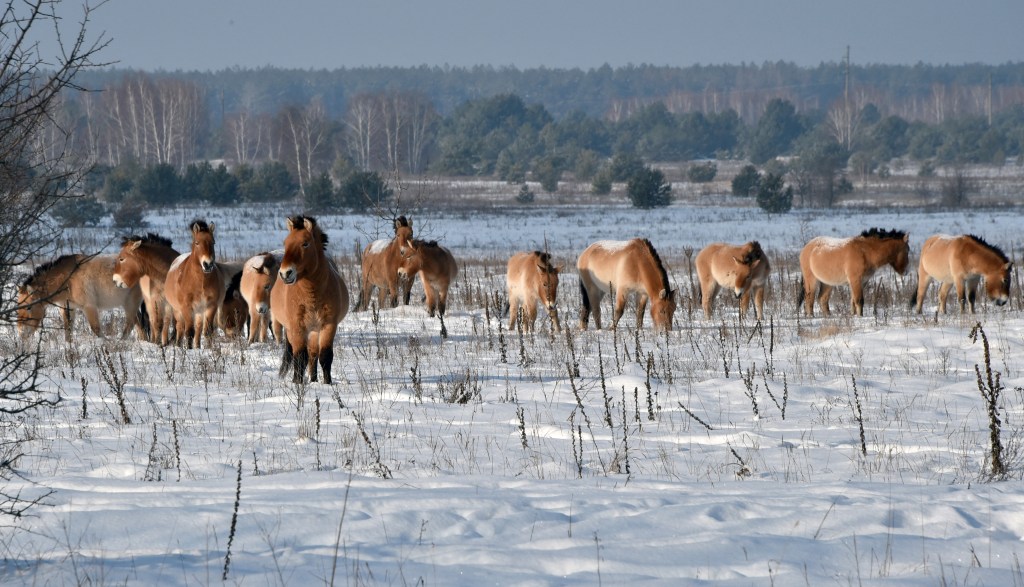
Much of the radioactivity decayed within weeks of the explosion, and after the year mark, less than 1% of the initial contamination remained, per UNEP. Still, much of the area remained off-limits to humans because of the lingering threat of radiation poisoning.
Researchers found populations of elk, boar, and roe deer soared between 1987 and 1996 in the Belarussian section of the CEZ. Today, mammal populations rival those in other nearby nature reserves, and wolf populations are seven times higher — likely due to a lack of hunting.
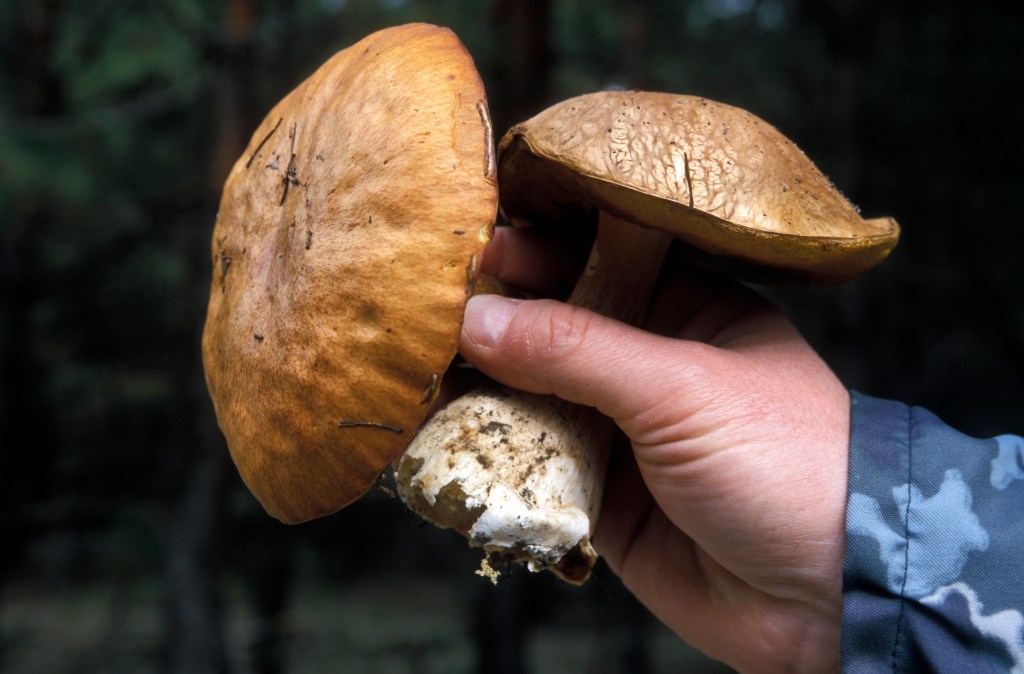
“Our camera trap surveys in Ukraine have photographed Eurasian lynx, brown bear, black storks, and European bison. Ukrainian and Belarussian researchers have recorded hundreds of plant and animal species in the zone, including more than 60 [rare] species,” said Nick Beresford, who’s conducted extensive wildlife research on the area.
The area’s plant population is also more diverse than in 1986, making the forests more resilient to climate change and wildfires and more capable of absorbing carbon dioxide.
But Chernobyl’s renaissance isn’t just sequestered to the forest. Recently, scientists have declared swaths of local land safe for farming again, as radiation levels in the soil are now “negligible,” and some people have moved into once abandoned villages on the edge of the CEZ. And just this week, a solar power plant featuring over 2,200 panels was launched in the CEZ.
Experts, including UNEP’s Johan Robinson and Tim Christophersen, say Chernobyl’s transformation is a testament to Earth’s ability to heal.
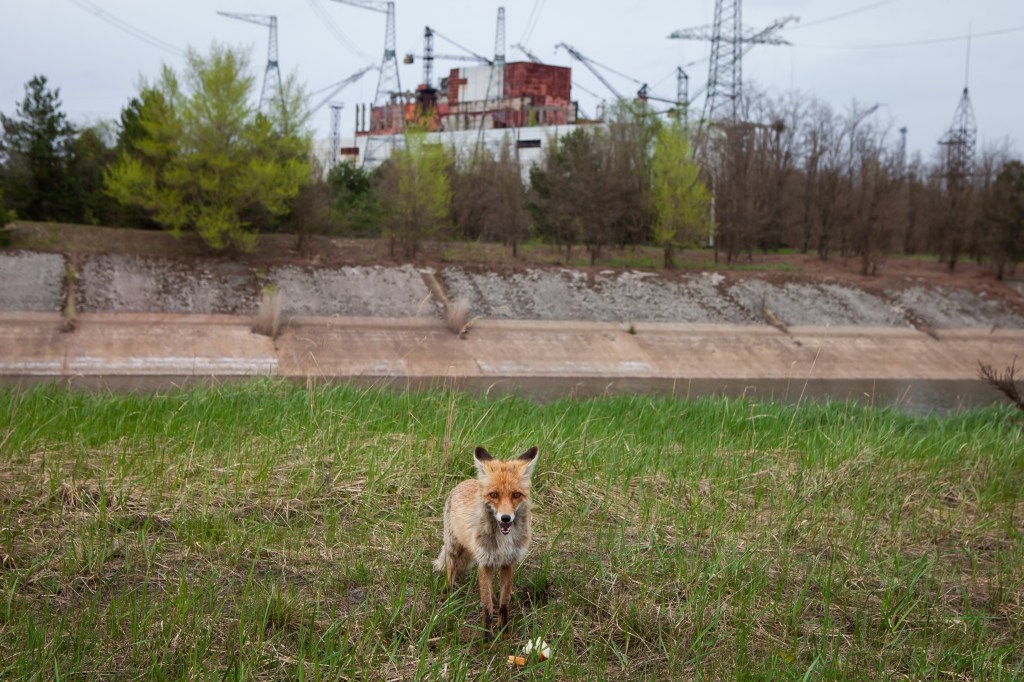
“Nature’s resilience can buffer human societies from disasters,” Christophersen said. “As we head towards the UN Decade on Ecosystem Restoration, and especially in the wake of the COVID-19 pandemic, we need to remember that natural ecosystems are essential for human health and well-being.”
RELATED: Going Green: 8 Abandoned Places Turned Into Nature Preserves, Public Parks, and More
